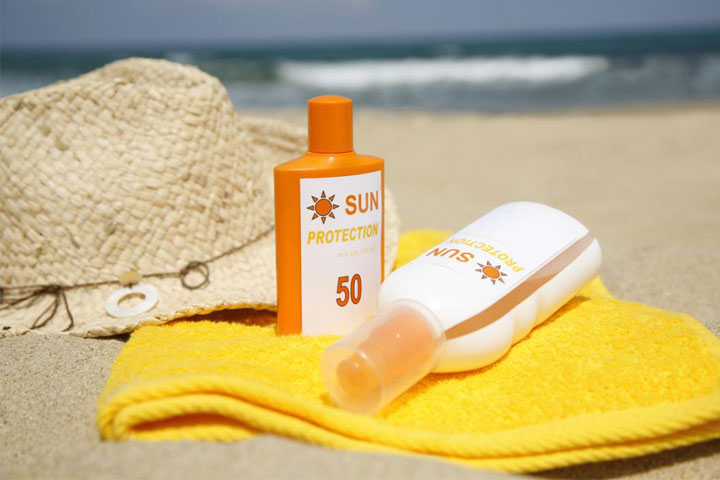A recent survey has revealed that around one-third of people in the US do not have a proper understanding of sun safety and skin cancer. The Environment Working Group (EWG) has published its 15th annual Guide to Sunscreens recently. Experts have said that since it is the month of May and it is Skin Cancer Awareness month, it is the right time to speak about how we can prevent cancer that impacts 5 million people in the US each year. The National Cancer Institute has shown that the rate of new skin cancer cases has shot up threefold since the 1970s. It has gone up from 7.9 per 100000 people in 1975 to 22.6 per 100000 people in 2017. Experts from the American Academy of Dermatology have done a survey that has found that one-third of its volunteers have been unaware of the fact that tanning can cause skin cancer. The majority of participants, who are referred to as Generation Z, have been ignorant of the harmful effects of ultraviolet rays coming from the sun. These participants have been born after 1996. The EWG has advised people to use sunscreens with sun protection or SPF of between 30 to 50 for protection against sunburn and skin cancer. Experts from the EWG have assessed around more than 1800 products that are sold as sunscreens in the US. They have tested recreational sunscreens, daily-use SPF products, and lip balms with sun protection. They have found only 25 percent of these products have enough protection against sunburn. These products do not include harmful elements such as oxybenzone that is a deadly chemical that is quickly absorbed by the body.
The vice president of the EWG healthy living science, Nneka Leiba has said that the organization has been warning people about the health issues caused by oxybenzone and other harmful chemicals that are used in sunscreens. Nneka Leiba has said that it is good to see that now companies have started reformulating their SPF products to avoid these deadly chemicals. Experts have said that sunscreens that contain mineral-based active elements such as zinc oxide, titanium oxide, or both are best scoring recreational sunscreens on the EWG list. Such sunscreens have less harmful elements and they provide good sun protection. Experts have said that zinc oxide offers a broad range of sun protection and protection from UVA and UVB rays as well. These sunscreens are stable in the sun, said the experts. The senior healthy living science analyst Carla Burns at the EWG has said that most sunscreens that are available in the US do not provide enough protection against both UVA and UVB rays. However, Carla Burns, who works on the Sunscreen guide, has said that his team has found around 400 SPF products that fulfill their requirement and accurate standards.
Carla Burns has said that more often there is no difference between a sunscreen designed for the face and the one that is made for the whole body. However, sunscreens that are developed for babies and kids are a good alternative for the whole family. Experts at the EWG have said that sunscreens are not the only option in the sun safety toolbox that can help prevent the skin from sun damage. They have said that people should not solely rely on sunscreens. People should wear protective clothing such as long-sleeved, lightweight shirts, a wide-brimmed hat, and sunglasses with UV protection or shades to prevent sunburn. Experts have said that people should avoid using sunscreens that contain oxybenzone that is absorbed by the body quickly as it can misbalance hormone levels. They have said that people should avoid vitamin A. Many studies have found a link between the use of retinyl palmitate, a form of vitamin A, and the formation of skin tumors and lesions when it is used on sun-exposed skin. Sunscreen sprays do not form a thick and uniform layer on the skin. They might cause inhalation issues. People should avoid intense sun exposure at the peak time of the sun, said the experts. According to dermatologists, steer clear of sunscreens that have SPF value higher than 50+ does not offer higher protection from the sun. They have said that these sunscreens can misguide people into an assumption that they are protected from sun damage.
